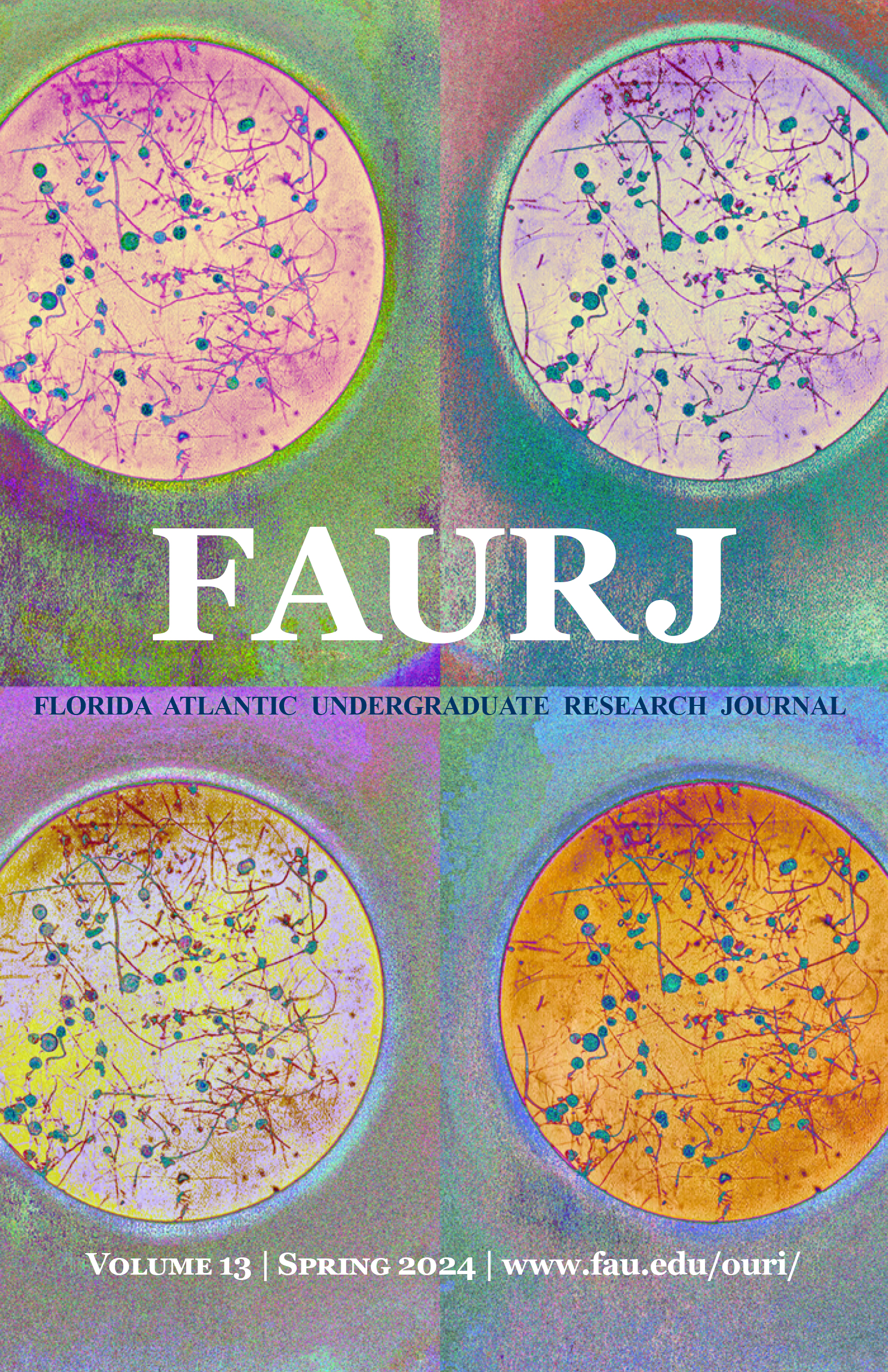Analyzing Plant Growth After a Flight to an Altitude of 30,000 Meters via a CubeSat Satellite Carried by a High-Altitude Balloon
Abstract
Knowledge of the effects of space travel on plants’ growth
and development has tremendous importance for the future of human
exploration and colonization of the Moon and Mars, and in discovering
methods for growing food in outer space. Environmental conditions at high
altitudes are known to be hostile to living beings, including plants, due
to low temperature, low pressure, and high levels of cosmic radiation. To
explore the feasibility of growing plants during space flight, a miniature
satellite known as CubeSat was developed by a team of undergraduate
students. This prototype CubeSat contained an automatic sensors-equipped
Environmental Control System (ECS) to house a plant growth chamber. The
CubeSat carrying several alfalfa and tobacco seedlings flew to an altitude of
30,000 meters above sea-level by a helium-filled balloon. After a 27-minute
flight, the CubeSat safely landed, and the plants were retrieved. The sensors
worked as designed and the data during the flight were recorded and saved.
The plants were recovered from the extreme conditions and grown normally
in the lab. This experiment has demonstrated that the prototype CubeSat/
ECS worked as expected and could serve as a cost-effective platform for
future study of plant growth during high altitude or space travel. The results
of this endeavor demonstrated a successful interdisciplinary collaboration
and should be of significant interest to NASA, as well as other international
space agencies to pursue a future of growing plant food in space.
Downloads
Published
Issue
Section
License
Copyright (c) 2024 Jake Pearman, Alysa Suissa, Marcos Klingler, Andre Fernandes, Oscar Curet, Xing-Hai Zhang

This work is licensed under a Creative Commons Attribution 4.0 International License.


